The Jeep Wrangler is an icon in the offroading community, and the Wrangler JK generation is one of the most popular out there. Given its popularity and enviable offroading performance, it’s common for owners to upgrade them by getting bigger tires. As a result, the Wrangler will look better, as it adds a more imposing stance. Also, it will have more grip in offroading conditions, such as mud, sand, or snow.
The challenge with bigger tires is that they might rub against the Wrangler’s frame, be it the fenders, the inside wells, or even the chassis. So, in some cases, it’s better to install a lift kit, which will give the Wrangler more space to fit the tires. An added benefit is that it can improve its looks too. At the same time, you might want to consider spacers to add enough room between the tire and the inner wall.
If you’re interested in adding 33-inch tires to your Jeep Wrangler JK generation, this article is right for you. We’ll discuss the ideal lift kit and when to use it. Plus, other modifications you might want to consider.
You need a 2.0″ lift to fit 33-inch tires on a Jeep Wrangler JK if you’re looking to do some offroading. Since the JK already comes with the option for large tires, in this case, 32″, there’s almost no need to do significant modifications.
The 2.0″ lift kit is ideal for anyone who wants to take the Jeep Wrangler JK to do some mid-level offroading. This legendary SUV will behave great in its natural habitat with this added clearance.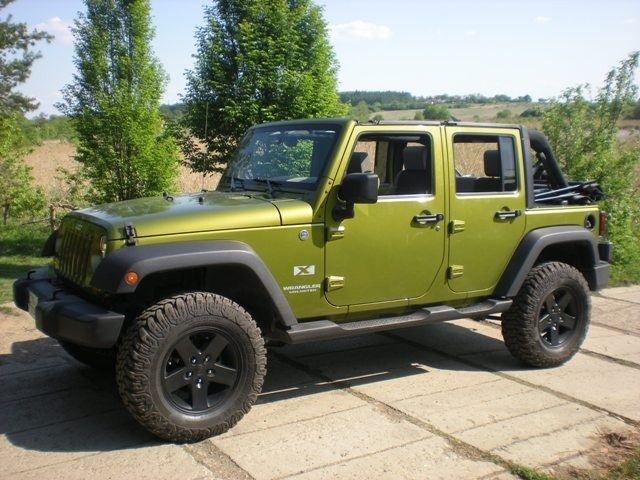 At the same time, any larger kit, for example, 2.5″, could be too much for 33-inch tires, giving the Wrangler a strange look.
At the same time, any larger kit, for example, 2.5″, could be too much for 33-inch tires, giving the Wrangler a strange look.
The Jeep Wrangler JK entered the market in 2006 and was a big success with Jeep lovers. It maintained the iconic looks but changed slightly to add a more imposing stance. Jeep included a wider yet shorter body to accomplish this, making for a boxier vehicle. Moreover, another interesting design feature in the Wrangler JK was the option to have 32-inch wheels from the factory.
As soon as the JK was available for sale, people started modifying them, and the first step was fitting bigger tires, with the 33-inch tire being one of the most popular. It’s an inexpensive option that provides many improvements. So, since it’s bigger, many people began inquiring about suspension lifts.
Can you use a leveling kit to fit 33-inch tires on a Jeep JK?If you don’t want to install such a kit, you can use a leveling kit to add 1″ on the front and 2″ on the back. This should be enough to fit 33-inch tires with ease. The leveling kit will also help you by not needing to change components such as shocks.
This should be enough to fit 33-inch tires with ease. The leveling kit will also help you by not needing to change components such as shocks.
This is a modification that doesn’t change any of the performance aspects of your vehicle. This makes it ideal for those who want light offroading and have a budget to fulfill. In addition, leveling kits are easy to install and need almost no extra tools.
This is an ideal modification if you want to put 33″ on the Wrangler JK for looks. Another excellent option is using a body lift kit, a set of rubber spacers that create a distance between the frame and the suspension. Moreover, this option is cheap, and you don’t need to upgrade other components.
On the other hand, the downside is that they can take a very long time to install. These modifications take time, and some owners don’t want to go through the hassle, so they might like to inquire if it’s possible to install 33-inch tires without a lift kit.
We’ll explain this in the following section.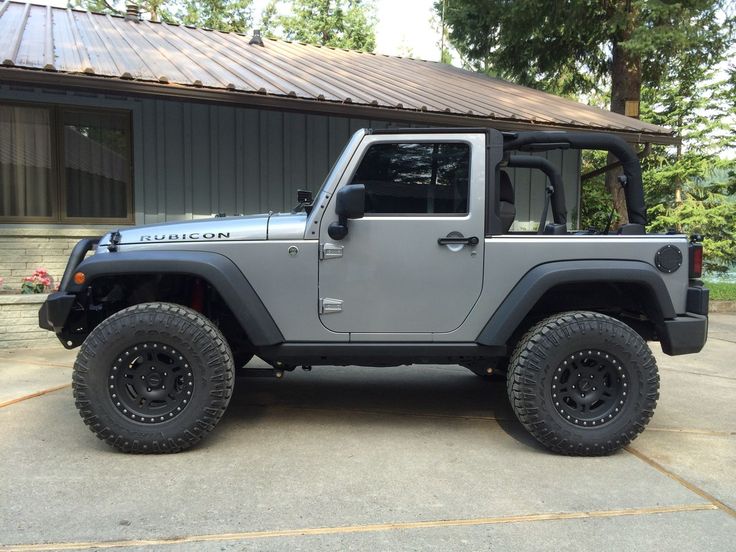
If you’re going only for looks and urban driving, then you can fit 33-inch tires on a stock Jeep JK. Many forums and reputable sources have shown that, in urban driving conditions, a 33-inch tire will present no issue on a stock JK.
As for offroading, the driving conditions could be harsher. In this case, it’s not ideal to fit 33-inch tires on a stock Jeep JK. If you do this, you might see excessive rubbing against the body of the vehicle, premature wear of both the tire and steering components and a noisy ride.
What lift kit do you need to fit 34-inch or bigger tires on a Jeep JK?There comes a time when a Wrangler owner will inevitably want to fit bigger tires. It’s unavoidable, as the Wrangler begs for it. As a result, not only will it look great, but it will also have a chance to show its most authentic offroading abilities.
The stock Jeep Wrangler JK cannot fit 34-inch tires as there’s not enough space between the tires and the wheel well. So, in this case, you need a lift kit with no less than 2.5″. These lift kits are easy to install, yet you need to change some components, such as longer shocks.
So, in this case, you need a lift kit with no less than 2.5″. These lift kits are easy to install, yet you need to change some components, such as longer shocks.
At the same time, there’s one positive thing to say about the Jeep Wrangler JK, and it’s that it’s made for modifications. In fact, after 1997, all Wranglers came with an improved 4-wheel coil-type suspension. This allows for lift kits that don’t require many more changes.
If you’re looking to lift your Wrangler more than 4″, then there’s a need for more serious modifications. When you lift the suspension, the brake lines, steering linkage, and the driveshaft could have extra strain. This can lead to failures and accidents.
Closing thoughtsThe Jeep Wrangler JK is one of the most popular SUVs out there. It’s got iconic looks and outstanding offroading abilities.
The Wrangler was born to be in the wilderness. It’s as if the designers wanted you to modify it. So, it’s common for people to want to install bigger tires.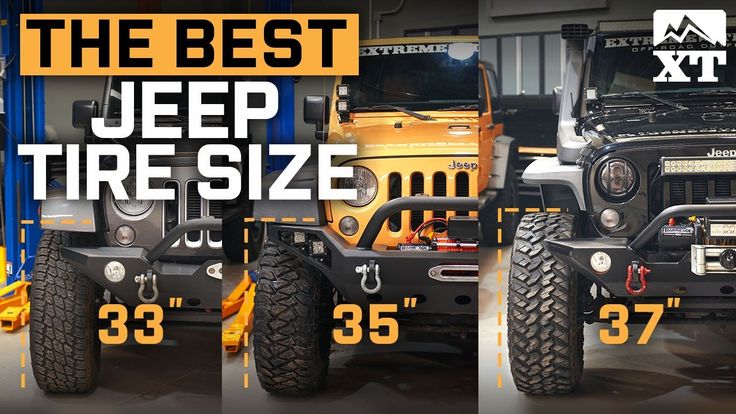
Since the Wrangler JK comes with optional 32-inch tires from the factory, the next logical step is to want to fit 33-inch tires. So, many people inquire what’s the best lift kit for doing so. If you’re into serious offroading, it’s ideal to fit a 2-inch lift kit, to allow for clearance and optimal performance.
You don’t need a lift kit for 33-inch tires if you don’t plan to do heavy offroading. In this case, you can opt for a leveling kit, which adds an inch on the front and two on the back. This should be enough to fit 33-inch tires for regular use.
If you want to opt for bigger tires, you must have a lift kit. 34-inch tires, or anything more than that, will not fit a stock Jeep Wrangler JK. So, in this case, starting with a 2.5-inch lift is ideal, and you might also need to make other modifications.
Finally, it’s essential to keep in mind that all modifications can affect a vehicle’s performance, even only fitting bigger tires. So, when you do so, keep in mind that you can feel changes in aspects such as handling, fuel performance, and ride quality.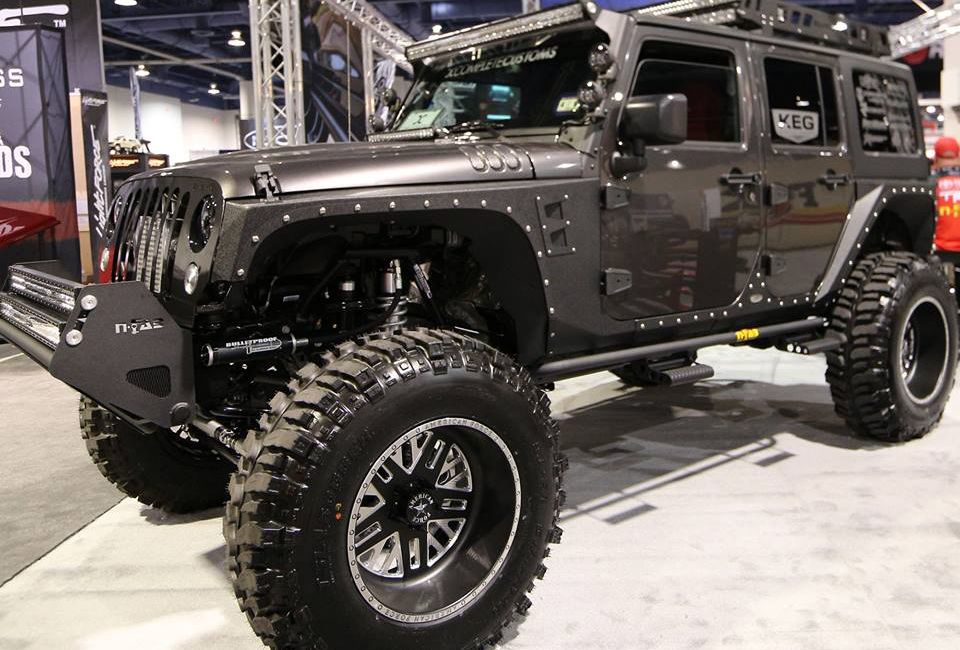
Fitting 33” tires to any off-road vehicle will enhance the off-road capability, improve ground clearance and provide better traction on and off-road. Unfortunately, it’s not always a straightforward procedure and the fitment can become complicated, depending on the vehicle. This article will discuss how much lift is required and any additional work required to fit 33” tires to your vehicle.
Most IFS vehicles require a minimum of 2.5 to 3-inch lift with additional trimming of fender liners and body mounts to accommodate a 33” tire. A Solid Front Axle vehicle can accommodate a 33’’ tire easier with fewer modifications.
Fitting bigger tires is the single most effective way of improving ground clearance. This is especially important for overcoming obstacles in an off-road situation. There are however a few limitations, especially when it comes to IFS (Independent Front Suspension) 4WD’s, which limits your options since there are more suspension components and sensitive geometry to consider. SFA (Solid Front Axle) vehicles are a lot less complex and thus much easier to do.
SFA (Solid Front Axle) vehicles are a lot less complex and thus much easier to do.
Let’s now look at a few factors to be aware of before fitting 33” tires, and the minimum lift requirement necessary to successfully accomplish this.
Table of Contents
In many instances with IFS trucks, even with a 2-3 inch lift kit, there are additional modifications necessary to make the 33” tire upgrade function 100% and allow turning at full lock without scrubbing, as well as maintaining full articulation off-road. Certain trucks have wider, bigger round arches from the factory, while others have less clearance and narrower square arches which limits you. Also, certain trucks sit higher off the ground while others have less ground clearance. All these factors play a role.
So if you go higher than a 2.5″-3″ lift on an IFS truck, your CV angles are severe, which means you’re at greater risk of destroying a CV off-road. To rectify this, you’ll need to fit a diff drop kit to lessen the angle on the CV once you go over 3″ or so. Also, your UCA angle will be very steep, limiting your downward travel while also putting extra strain on your upper ball joints, so you’ll need to fit an adjustable aftermarket UCA to rectify this. The same applies to the stabilizer links.
Also, your UCA angle will be very steep, limiting your downward travel while also putting extra strain on your upper ball joints, so you’ll need to fit an adjustable aftermarket UCA to rectify this. The same applies to the stabilizer links.
So you can see the higher lifts you go on an IFS, it becomes more expensive.
Some factors to consider are:
When lifting a 4WD truck, the front suspension plays a major role in determining the complexity of the upgrade. In the case of an SFA or LIVE axle, the axle is separate or not fixed to the chassis. This allows you to fit big tires and higher lifts with a lot more ease.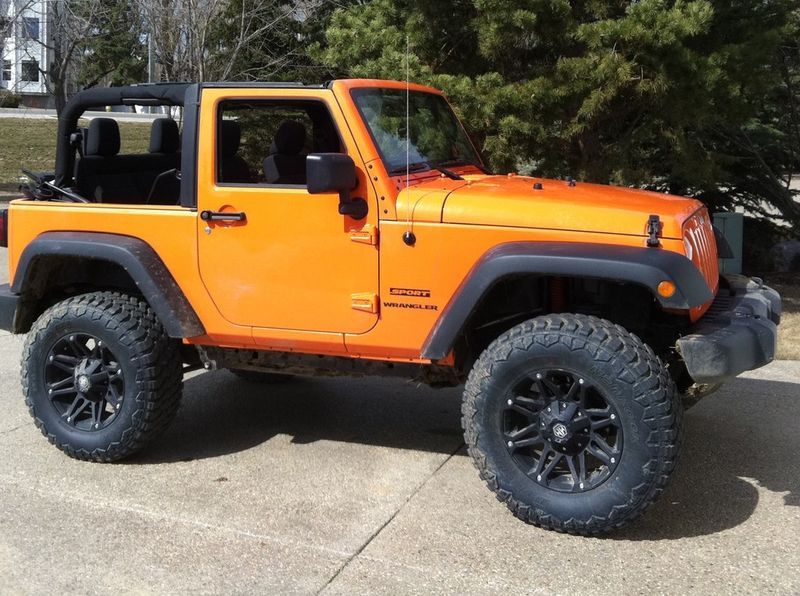 The CV angles are not compromised since they are always in line with the diff which is housed inside the axle. This allows you to fit 3”, 4”, 6″ and even higher with not many hassles. Fitting 33” tires to a Solid/Live axle truck requires fewer additional modifications and in most cases little to no Body or arch modifications.
The CV angles are not compromised since they are always in line with the diff which is housed inside the axle. This allows you to fit 3”, 4”, 6″ and even higher with not many hassles. Fitting 33” tires to a Solid/Live axle truck requires fewer additional modifications and in most cases little to no Body or arch modifications.
Unfortunately, most modern 4WD’s in production are IFS suspensions. Manufacturers are more concerned about on-road performance and safety so they produce IFS trucks that appeal to a larger market. Besides, in many cases, these vehicles spend a large percentage of their time on-road.
The main problem with IFS suspension upgrades is the CV axles. The diff of an IFS truck is mounted directly against the underside of the chassis. This makes for excellent stability and cornering, however, it limits the downward travel of the wheels and places the CV joints under more stress when the vehicle is lifted too high.
It’s not recommended to go higher than a 3-inch lift kit on an IFS vehicle, and if you do decide to go higher, you’ll need additional modifications such as diff drop kits, adjustable UCA (Upper Control Arms), LCA, and Stabilizer arms.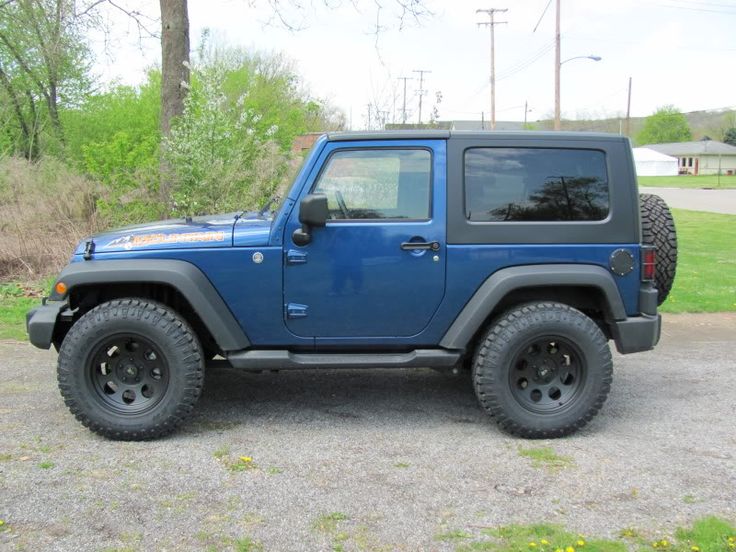
Wheel arch size varies from vehicle to vehicle and will mean the difference between a light trim and major cutting away. In most cases, when fitting 33” tires, there is only some slight trimming required, and a small BMC is necessary to prevent scrubbing at full lock. Then there are also crash bars in the case of newer Ford Ranger, F150, and other models which require cutting away or being removed completely.
Backspacing is the distance measured from the hub mounting surface to the inside edge of the wheel. When you decrease backspacing, you gain more inside wheel clearance.
Offset is measured in mm and generally refers to how your wheels sit inside the wheel wells. You get (+)positive, 0, and (-)negative offset wheels. When it’s positive the imaginary center line of the wheel is more towards the front and negative means the mounting surface is more towards the rear of the rim creating a deep dish effect.
Modern 4WD vehicles like Rangers, Tacomas, and Chevy’s have many safety features built into the chassis which causes some complications when it comes to installing bigger tires.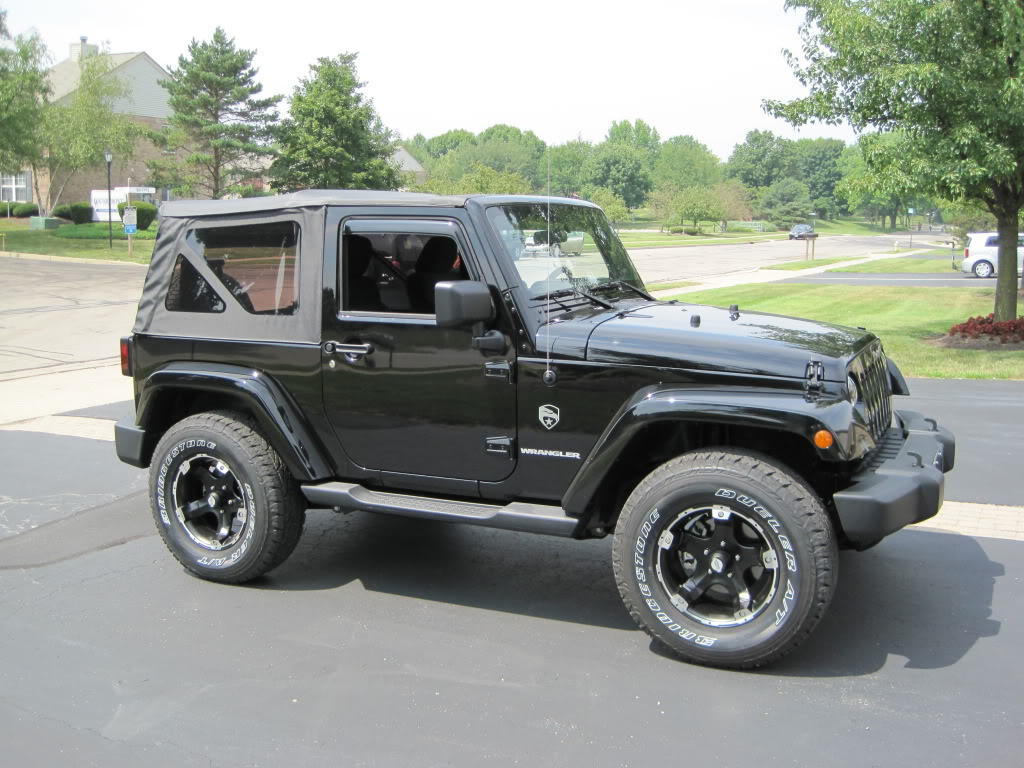
In the case of the 3rd Gen Tacoma, the body mount protrudes out quite a bit which restricts you from fitting over-sized tires without, either buying an aftermarket body mount or cutting, welding, and painting the existing mount. This is quite a job and if you are not familiar with grinders and welding machines, then rather leave it to a professional custom shop.
Fender trimming goes hand-in-hand with backspacing/wheel offset, as well as how wide the tire is. A wider tire will require more wheel arch clearance and room to move when flexing off-road and when turning at full lock.
When you squeeze oversized tires into a wheel arch without lifting the truck, you’ll need to trim away a lot of the inside fender and arch plastic to allow the tire to tuck behind the arch when turning and flexing off-road.
Fitting 35” tires to a 3rd Gen Tacoma requires a bit of body mount modifications as well as wheel arch trimming.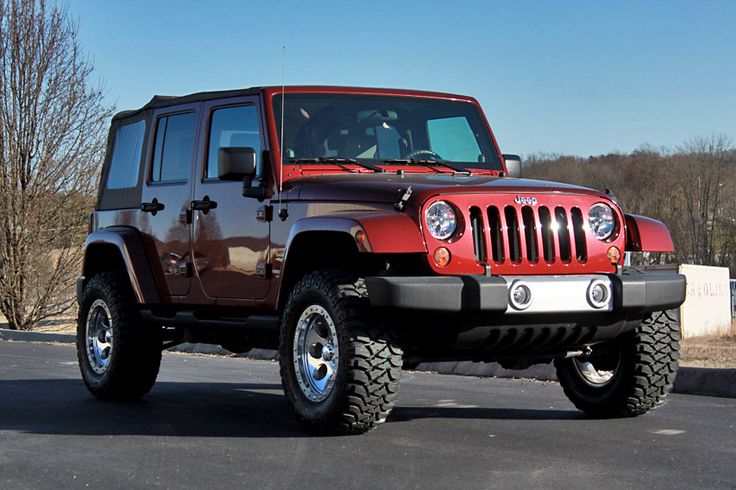 You will require a minimum 2.5” lift, negative offset (-12) rims, and you’ll need to do some additional body modifications, such as cutting and welding of the body mounts and bending away of the pinch weld.
You will require a minimum 2.5” lift, negative offset (-12) rims, and you’ll need to do some additional body modifications, such as cutting and welding of the body mounts and bending away of the pinch weld.
On the rear, it’s a straightforward fit with no clearance issues. You can get full tuck on the rear without any hassles. You can trim the wheel arch for improved clearance, however, you will lose your wheel arch liners.
Also, you need to remember the front wheels don’t only move left and right when turning, but there’s also some forward and backward movement. This is why you get scrubbing at full lock when turning and why it’s necessary to do CMC’s and trimming of the pinch weld.
f you want to fit a larger 33” tire without a suspension lift, there is some modification needed. The Ranger T6 crash bars protrude from the wheel well and the bigger 285/70/17 tire makes contact. These will need to be removed/modified first so as not to damage the new tires. They are quite a PITA to remove so be prepared. Once removed, and a 20+ offset aftermarket wheel is fitted you should be able to get the 33” tires to fit comfortably.
Once removed, and a 20+ offset aftermarket wheel is fitted you should be able to get the 33” tires to fit comfortably.
33-inch tires can be fitted to a stock Jeep Wrangler JK, but with minimum clearance on the front bumper and not enough clearance for full articulation off-road.
Before running out and fitting bigger tires to your JK, make sure you understand all the implications and that there are other factors that come into play such as backspacing, clearance, fuel economy, handling, and more.
To take full advantage of the Jeeps legendary articulation, you would do well to fit a 3-4” lift before fitting 33” tires.
Not all FJ Cruisers are created equally, so certain model FJ’s might rub on a 33″’s, running a stock suspension while others won’t. What could be an influencing factor is the tire itself. So it’s also safe to say, not all tires are created equally i.e. mold, width, etc. So they are not all made to exactly the same measurement.
So, the biggest tire you can safely fit on an FJ without body scrub or requiring any chops is usually a 275/70/17.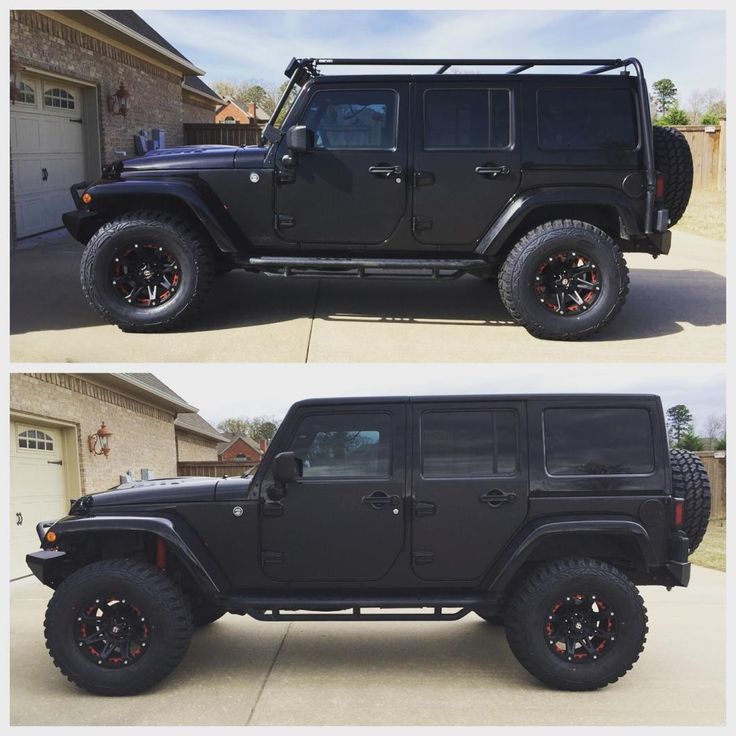 That will be on the stock tires, stock rims, no lift, no chop, and no spacers. Anything over and above this requires a body chop and a small 2” lift.
That will be on the stock tires, stock rims, no lift, no chop, and no spacers. Anything over and above this requires a body chop and a small 2” lift.
The biggest tire you can fit on a Chevy Colorado with stock suspension and stock rims are 265 65 17’s. They will fit without any rubbing problems, and no trimming or additional modifications are required to make them function properly. A 2” to 3” lift kit is the recommended option if you are planning on using the vehicle for off-road use or Overlanding applications. You will achieve the best off-road capability, ride comfort, as well as load-carrying ability with this option, running 33” tires. Load-carrying ability is of vital importance when doing Overlanding since you are carrying gear, storage, fuel, water, shade. Rooftop tents, recovery gear, and more.
The largest size you can fit on a Nissan Frontier with a stock suspension is 265/75/16. This tire size does not cause any rubbing or requires the trimming of fender liners. The 265/75/16 is the largest size you can fit, even with a 2.5″ spacer. It is also the largest tire that can fit on the stock wheels without any additional modifications needed. That size is just short of 32” and measures exactly 31.6 inches. If you fit an aftermarket rim with a more negative offset, you run the risk of the wheels scrubbing and hitting the fenders at full lock and full compression.
The 265/75/16 is the largest size you can fit, even with a 2.5″ spacer. It is also the largest tire that can fit on the stock wheels without any additional modifications needed. That size is just short of 32” and measures exactly 31.6 inches. If you fit an aftermarket rim with a more negative offset, you run the risk of the wheels scrubbing and hitting the fenders at full lock and full compression.
We have mentioned quite a few variables to consider before dropping a load on expensive oversized tires. You should first determine what the primary application for the upgrade is. Is it purely for aesthetics or will you need maximum practicality, off road ability, while maintaining maximum articulation.
The off-road, fastest and most powerful Wrangler is equipped with a 6.4-liter V8 engine with 470 horsepower and 637 Nm of torque. Paired with an eight-speed TorqueFlit automatic transmission and a two-speed transfer case with Selec-Trac permanent all-wheel drive, the transmission propels the Jeep Wrangler Rubicon 392 from 0 to 100 km/h in 4. 5 seconds and to the quarter mile in 13 seconds. nine0003
5 seconds and to the quarter mile in 13 seconds. nine0003
Off-road, the powerful Trail Rated Wrangler Rubicon 392 powertrain is paired with heavy duty Dana 44 axles, a 3.73 final drive ratio, lockup torque converter, 5cm suspension lift, standard 33-inch tires and 17-inch beadlock wheels.
The result is the most powerful Jeep Wrangler with 262mm ground clearance; improved suspension articulation; the angles of entry, exit and ramp are 44.5, 37.5 and 22.6 degrees, respectively; and the ability to overcome the ford up to a depth of 826 mm. nine0003
Rubicon 392 key facts:
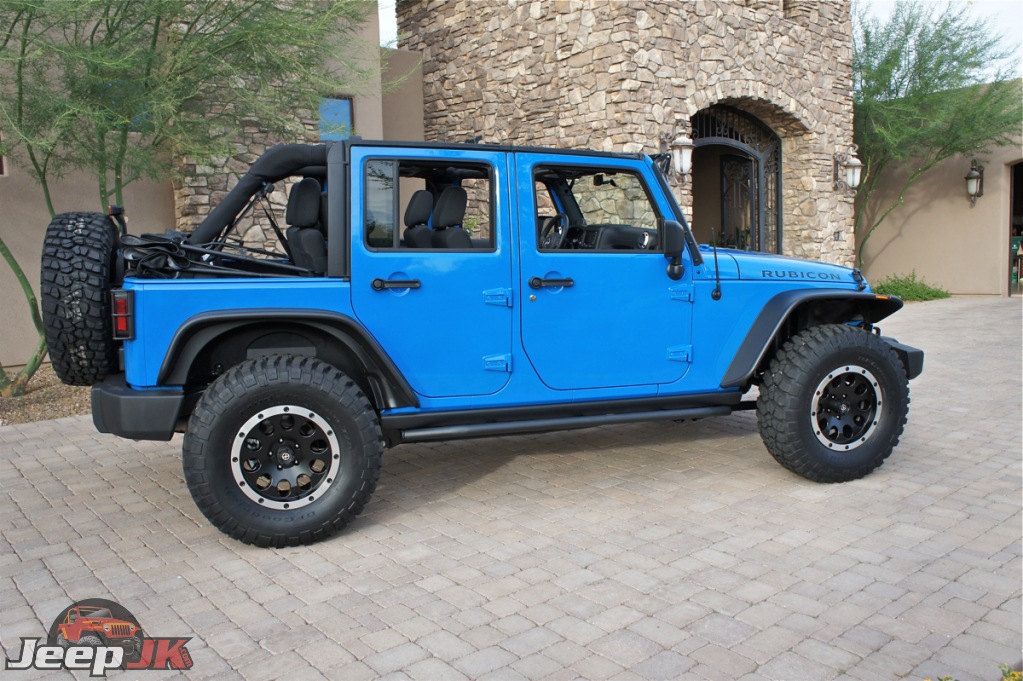
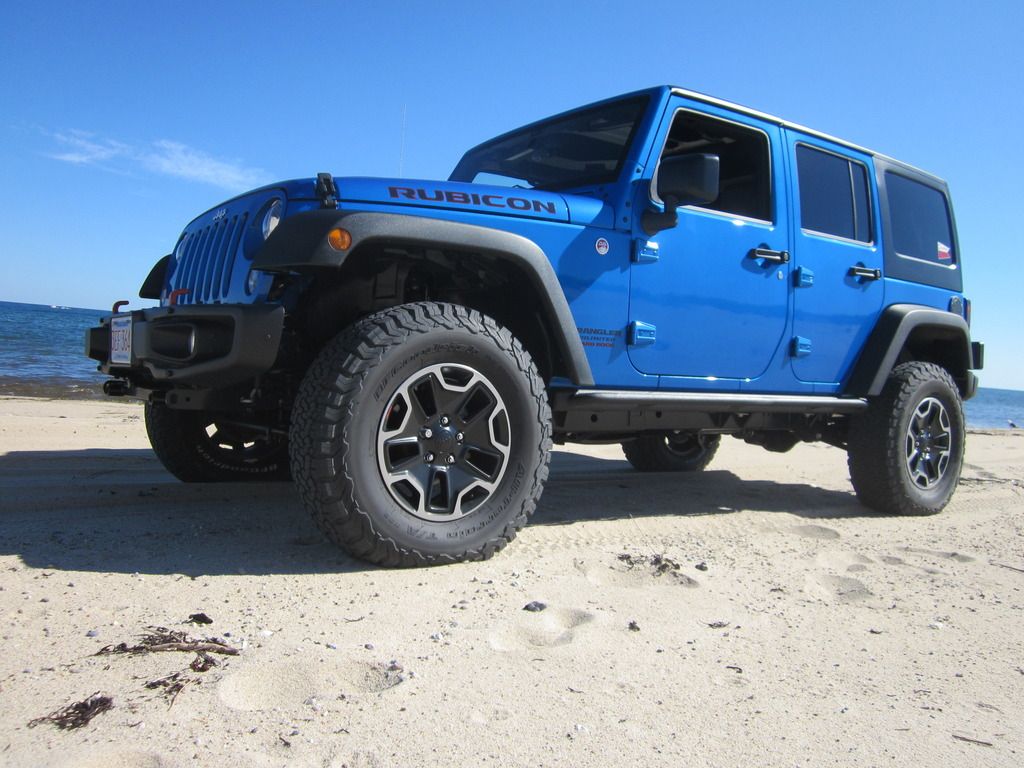
The start of sales is scheduled for the first quarter of 2021.
Now you can buy a car without leaving your home. The automotive company Auto Premium Group launched a new service - "Full Online". We will deliver your car to any region of Russia. nine0003
You can order a brand new SUV 2021 Jeep Wrangler Rubicon 392 from Auto Premium Group!
A further development of the proven BFGoodrich Mud Terrain tires, which offer excellent traction in mud on various terrains and snow, good handling on hard surfaces and high wear resistance, thanks to which this rubber is one of the most durable in the MT class. nine0003
BUILT TO WORK IN THE MUD.
- Massive shoulder blocks increase traction on soft ground, especially when driving at low pressure*.
- Modified tread pattern provides excellent flotation in severe off-road conditions.
- Breakers between blocks effectively remove soil from drainage channels to improve traction on soft ground.
DESIGNED TO WORK ON HARD SURFACE
- The flexibility of the tread elements allows it to take the form of hard bumps, especially when riding at low pressure*. nine0071 - Massive tread blocks provide effective grip and prevent "slippage" in rocky areas.
- Krawl-TEK4 rubber compound has an improved traction coefficient on hard surfaces.
DESIGNED TO BE THE STRONGEST
- Increased sidewall thickness makes the sidewall stronger and more resistant to damage.
- Massive shoulder blocks resist damage to the most vulnerable areas of the sidewall.
- The unique design of the shoulder blocks prevents the risk of pinching resulting in sidewall rupture.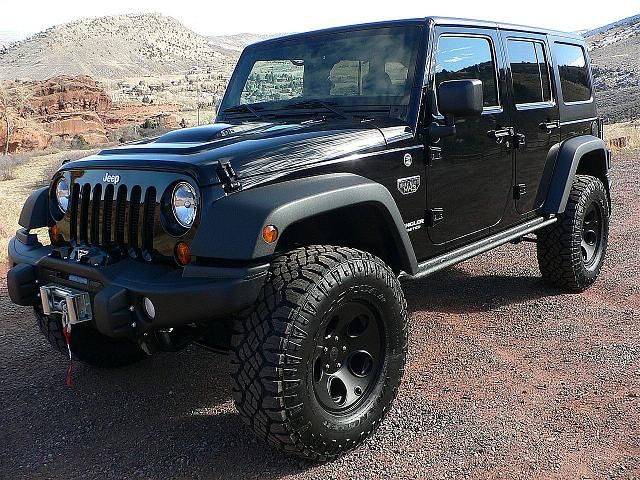 nine0003
nine0003
*BFGoodrich Mud-Terrain T/A KM3 tires can be depressurized to 0.5 bar. Reducing the pressure improves patency in difficult conditions of soft off-road (sand, swamp, loose soil). The pressure reduction can only be used at low speed and short distances. After passing a special section of the road, the pressure in the tire must be restored!
Inch : 33x12 R15
Metric : 305/75 R15
Load/Speed Index : 108Q0071 Disc Diameter : 15.0"
Line Structure : Radial
Sidewall Line : 3 Ply
Tread Pattern : Non-Directional
Tread Type : Mud (MT)
Tread Depth(x) : 14.3mm,
Actual Height : 32.1"
12.50"
Recommended disc size : 8.5-11"
Maximum pressure : 2.30 bar.
Maximum load : 1001 kg.
Weight : 26.76 kg.
To purchase a product in our online store, select the product you like and add it to your shopping cart. Next, go to the Cart and click on "Checkout" or "Quick order". nine0003
When you make a "Quick order" and "Buy in 1 click", write your full name, phone number.![]() The manager will call you back and clarify the conditions of the order. Based on the results of the conversation, you will receive a confirmation of the registration of the goods by mail or via SMS.
The manager will call you back and clarify the conditions of the order. Based on the results of the conversation, you will receive a confirmation of the registration of the goods by mail or via SMS.
Placing an order in the standard mode is as follows. Completely fill out the form in successive stages: address, delivery method, payment, information about yourself. We advise you to write important information for you in the comments to the order: the time of calls in Moscow, a convenient transport company, questions about the product, etc. Click the "Checkout" button. nine0003
Thank you for your interest in our store!
The activity of our online store is carried out in full compliance with the legislation of the Russian Federation. Products subject to mandatory certification have all the necessary certificates.
For advice, you can call +7(861) 221-63-633, +7(918)24-999-23, or ask your question using the feedback form on this site, or visit our store, located at the address: Krasnodar, st. Krasnykh Partizan, house 28 nine0003
Krasnykh Partizan, house 28 nine0003
You can pay for the selected product in the following ways:
Individual:
1. Invoice for payment.
After the final approval of your order, we will issue you an invoice (sent to the e-mail specified when placing the order). You can pay the bill at any branch of the bank convenient for you, in the online application of the bank that issued your card, choosing payment to a legal entity (organization), or pay in cash or with a payment card in our store. launching an order. nine0071 2. Payment by bank cards.
After agreeing the order, we will send you a link (invoice for payment), by clicking on which you can pay for the order with your bank card.
Payment rules and security of payments, confidentiality of information
Payment by bank cards is carried out through JSC "ALFA-BANK".
VISA, MasterCard, MIR cards are accepted for payment.
The Internet payment service is carried out in accordance with the Rules of the international payment systems Visa, MasterCard and the MIR Payment System on the principles of confidentiality and payment security, for which the most modern methods of verification, encryption and data transmission through closed communication channels are used. Bank card data is entered on the secure payment page of ALFA-BANK JSC. nine0003
On the page for entering bank card data, you will need to enter bank card data: card number, cardholder name, card expiration date, three-digit security code (CVV2 for VISA, CVC2 for MasterCard, Additional Identification Code for MIR). All the necessary data is printed on the card itself. The three-digit security code is the three digits found on the back of the card.
Next, you will be redirected to your bank's page to enter the security code that will come to you via SMS. If the security code did not come to you, then you should contact the bank that issued your card. nine0071
Cases of refusal to make a payment:
- the bank card is not intended for making payments via the Internet, which can be found out by contacting your Bank;
- insufficient funds to pay on a bank card. You can find out more about the availability of funds on a bank card by contacting the bank that issued the bank card;
- bank card details entered incorrectly;
- The bank card has expired.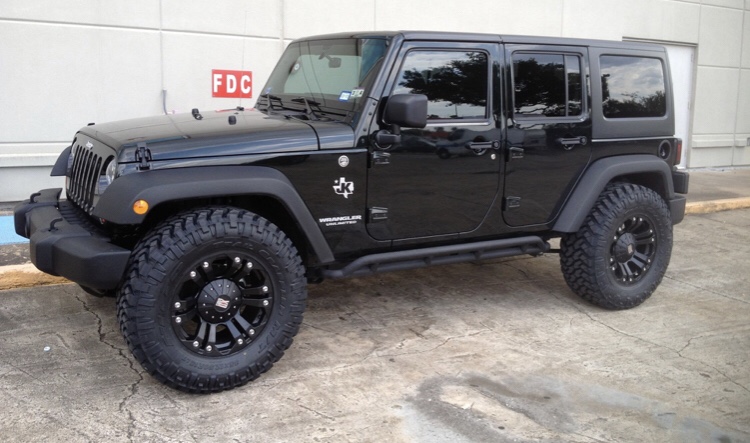 The validity period of the card is usually indicated on the front side of the card (this is the month and year until which the card is valid). You can find out more about the validity period of the card by contacting the bank that issued the bank card; nine0003
The validity period of the card is usually indicated on the front side of the card (this is the month and year until which the card is valid). You can find out more about the validity period of the card by contacting the bank that issued the bank card; nine0003
For payment by bank card and other issues related to the operation of the site, you can contact the following phones: +7 (861) 221-63-633, +7 (918) 24-999-23
Provided by you personal information (name, address, phone, e-mail, bank card number) is confidential and is not subject to disclosure. Your credit card information is transmitted only in encrypted form and is not stored on our Web server.
Legal entity:
When placing an order, select the payment method as a legal entity. After the final approval of your order, you need to provide us with the details of your company. We will send you an invoice (sent to the email address you provided when placing your order). Payment of the invoice must be made within 3 banking days.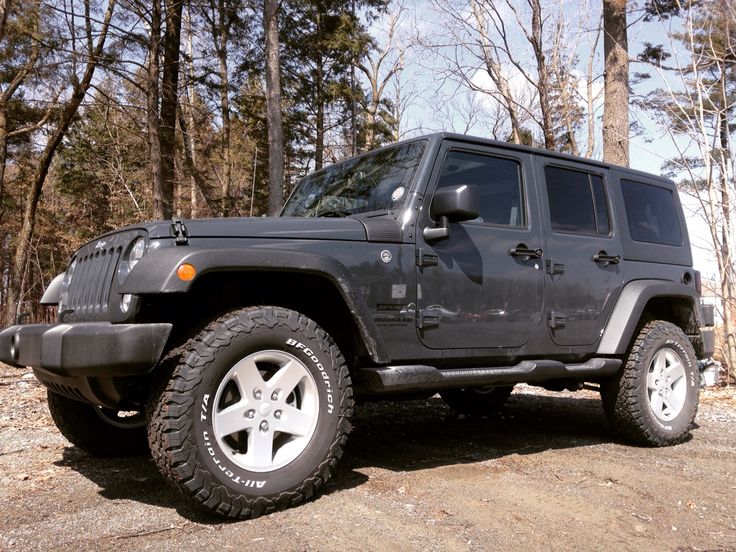 If during this time you have not sent funds to pay the invoice, it is considered invalid and the goods are removed from the reserve. After paying for the order, be sure to inform us about the fact of payment. nine0086 (we deliver to the terminal at the expense of the store)
If during this time you have not sent funds to pay the invoice, it is considered invalid and the goods are removed from the reserve. After paying for the order, be sure to inform us about the fact of payment. nine0086 (we deliver to the terminal at the expense of the store)
"SDEK" calculation of the cost of delivery delivery cost calculation www.dellin.ru/ (courier call)
"PEK" delivery cost calculation www.pecom.ru/ru/services/pricelist/calc.php (courier call)
"Autotrading" delivery cost calculation www.autotrading. ru/ (courier call)
PLEASE INDICATE IN THE COMMENTS TO THE ORDER THE MOST CONVENIENT TC FOR YOU! nine0003
The possibility, terms and cost of delivery from Krasnodar to your city can be specified on the websites of these transport companies. Payment for delivery is carried out upon receipt of the goods in your city.
Shipment of goods to the transport company is carried out within 3 working days after receipt of payment for the goods
Transport companies require the following information about the recipient: Surname, name, city and telephone number for individuals; full name of the organization and TIN for legal entities.